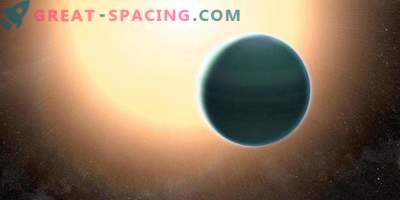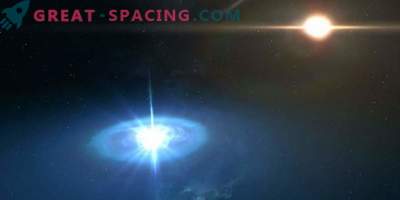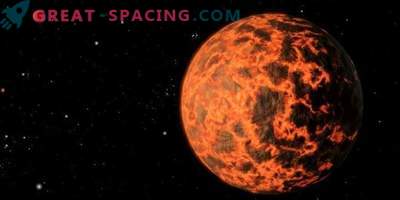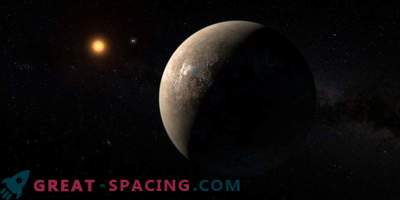
Earlier, records of density were held by exoplanets Kepler-10b (8.8 g / cm 3) and GJ 9827 b (10 g / cm 3). However, search and analysis methods are improving, so we have a new leader with an incredibly high density compared with previous extrasolar worlds.
Meet the magnificent super-earth and carbon planet PSR J1719−1438 b. You will find it next to the millisecond pulsar PSR J1719−1438, 3900 light-years distant from us in the constellation of the Snake.
The world is distant from the pulsar just 0.004 a. e., that is, this distance is 95 times less than the Sun-Mercury distance. The planet spends 2,177 hours for one orbital overflight. PSR J1719−1438 b seems to be an interesting exoplanet, because with a radius 2.5 times smaller than Jupiter, it is more massive than our gas giant.
What about record holder density? This figure is as much as 23 g / cm 3. So you can compare, the density of the Earth - 5.51 g / cm 3. If we continue to compare, the density of a particular exoplanet is 23 times higher than that of water and 20 times greater than the density of Jupiter.
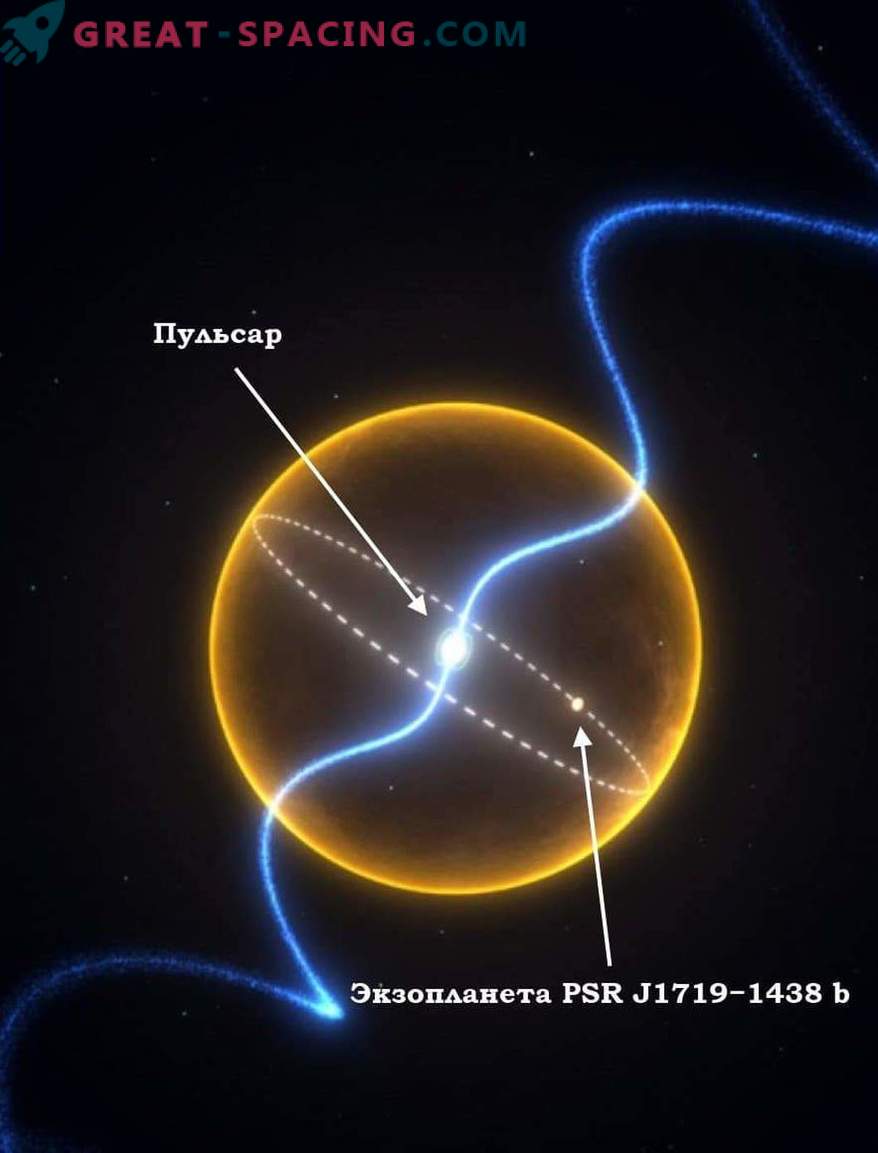
Orbits of rotation of exoplanets PSR J1719−1438 b
What is hiding inside this world? If we talk about the composition, it is dominated by oxygen and carbon. Most likely, oxygen is located mostly on the surface layer, but carbon is concentrated at deeper levels.
However, the pressure inside the pulsary planet is so huge that inside carbon can crystallize into diamonds. That is why PSR J1719−1438 b is sometimes called a diamond or precious planet.
For the first time the planet was noticed in 2009, and its status was confirmed in 2011. The diameter of the exoplanet is about 60,000 km. Its characteristics seem strange, so there is an assumption that PSR J1719−1438 b is a former white dwarf. How is this possible?
For a long time, the neighboring pulsar overtighted the material, selecting 99.9% of the substance. In fact, only the superdense nucleus remains, which has become an unusual planet observed today. So yes, in front of you is a former white dwarf, a planet and a giant diamond.
